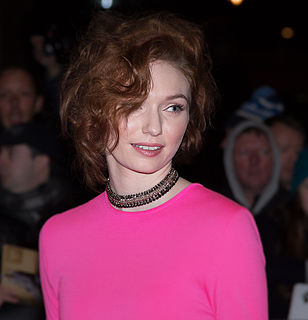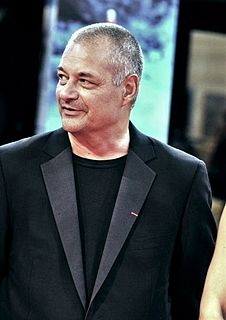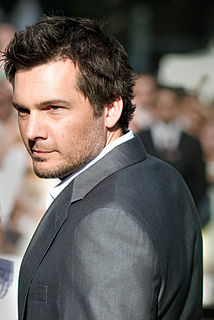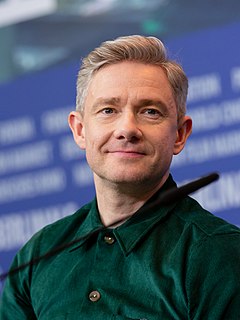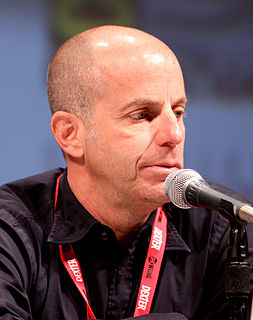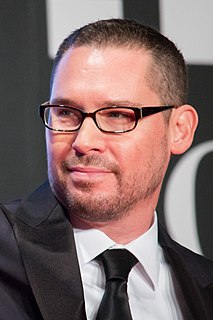A Quote by Paul W. S. Anderson
The cameras were a little twitchy, and you'd get less footage and less set-ups every day. The interesting thing about it was that you just composed images in a completely different way because we had big 3D monitors on set, and you'd wear the glasses and see the image in 3D.
Related Quotes
3D, the ever-changing 3D. It's great. It's been really interesting. My family came to the set a few times, and I see them with their 3D glasses on. It's lovely to have them there and be a part of it, and see the magic that we're playing with, because it really is incomprehensible until you see it on a 3D screen.
When I was a child, I had a ViewMaster, those red box glasses with little discs, so that you can see 3D images. They were my first steps in cinema. I was eight years old, I would cut and change the order of the images and that's how I created films that subsequently I recorded and projected and showed my friends. So I already took my first steps in 3D when I was eight years old.
One thing that is very different technically is that you don't get a lot of coverage in television. Not like you do on a film. I know we don't have time for separate set-ups, so I will design a scene where I'm hiding multiple cameras within that set-up. That way, if I don't have time to do five set-ups, I can do four cameras in one set-up. It's a different kind of approach for that. For the most part, a lot of television, in a visual sense, lacks time for the atmosphere and putting you in a place.
When we wrapped Resident Evil, we were a 3D movie, but it was no big deal. And then, Avatar came out and the whole of Hollywood was like, "Look at these grosses! 3D is huge. Let's all be 3D!" We just got on with doing what we were doing, which was making what we think is a really quality, kick-ass 3D movie, and we'll really be the first live-action 3D movie of the year.
If I'm shooting actually a live-action movie and I feel like I can get the shots that I need with the existing 3D cameras, then I see there is no reason to not use those-to not shoot it in 3D. But there are limitations to the 3D cameras in terms of the amount of them, in terms of the size of them, in terms of where you can actually shoot them. There are definitely limitations so you have to weigh the costs. And you have to weigh also what ultimately what creatively you want to get.
The difference between a regular camera and a 3D camera, for an actor, is really no different except that the turn-arounds are longer. It takes a lot longer to set up a shot because the cinematographer is really trying to set up a whole world, so it can't be more intricate and more beautiful to the viewers, in 3D.
3D needs a trained eye. It can't be done by everybody. People who just do 3D just for the sake of commercializing their movie another five or six percent and they don't know really how to do it, they should care how to do it better by bringing other directors and collaborators into their lives to help teach and instruct how you really make a 3D movie because it's not just like putting a new lens on a camera and forgetting it. It takes a lot of very careful consideration. It will change your approach to where you put the cameras. So, 3D isn't for everybody.
I really believe, especially with 3D, you kind of have to approach it as this holistic thing. You have to kind of mount a 3D movie; you can't just add 3D as a kind of a special sauce sprinkled on top of a dish afterwards to give you an extra 20-percent in theater grosses, which I think is the way a lot of studios perceive it.

